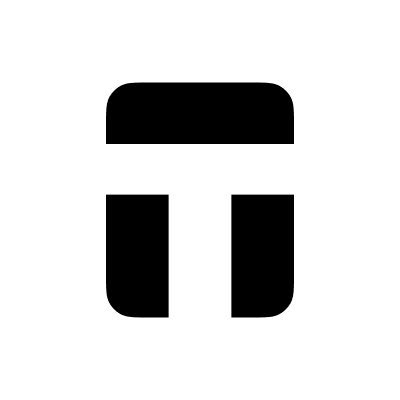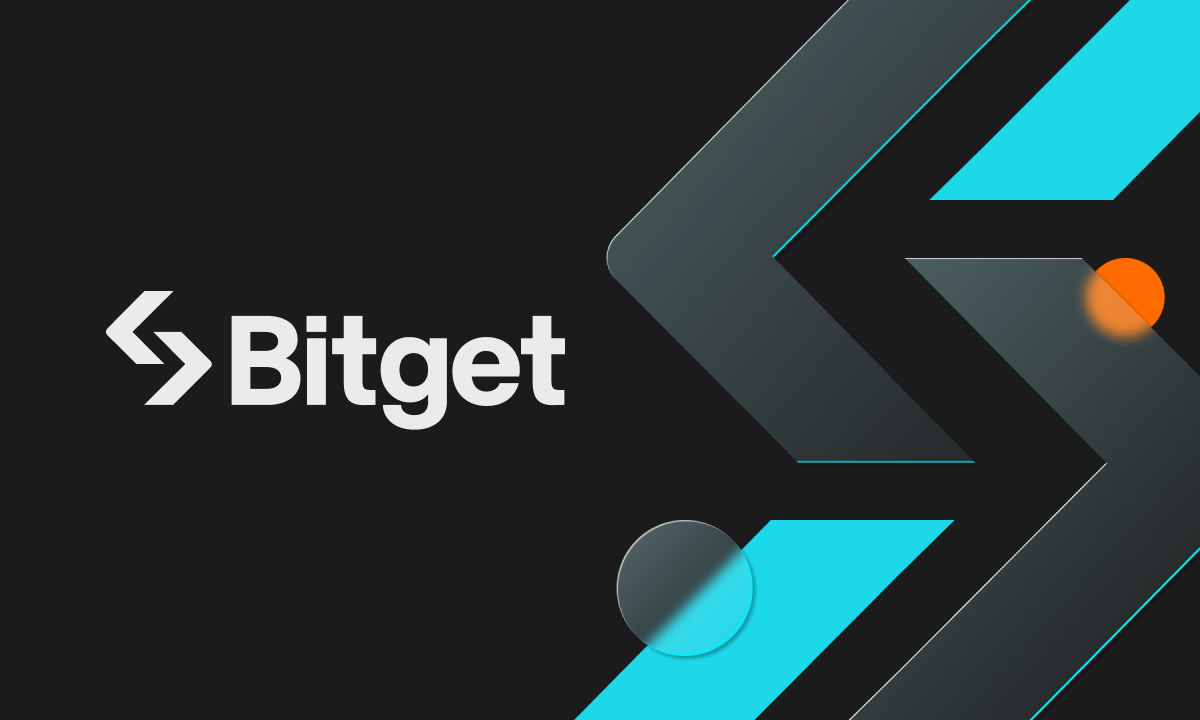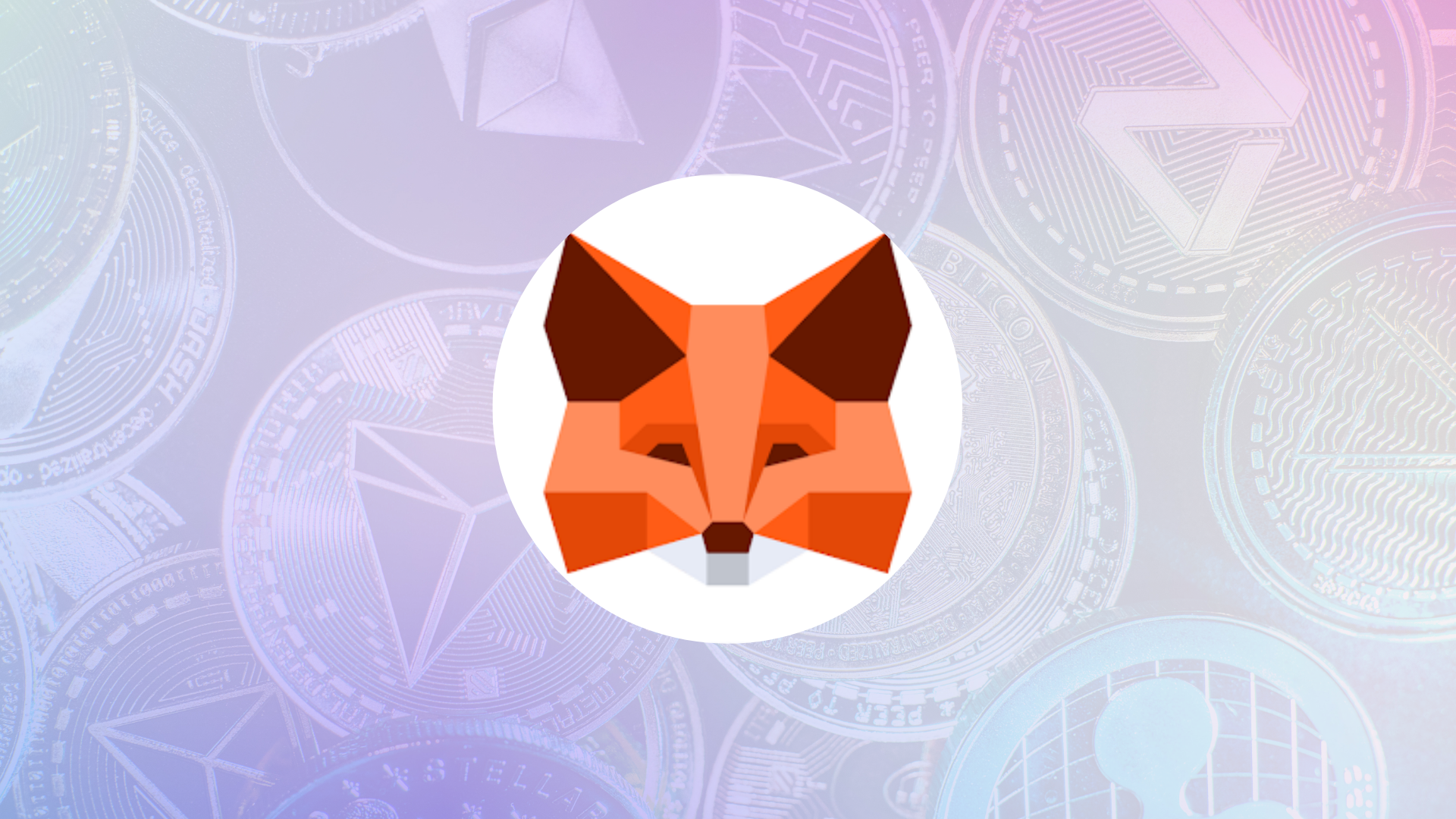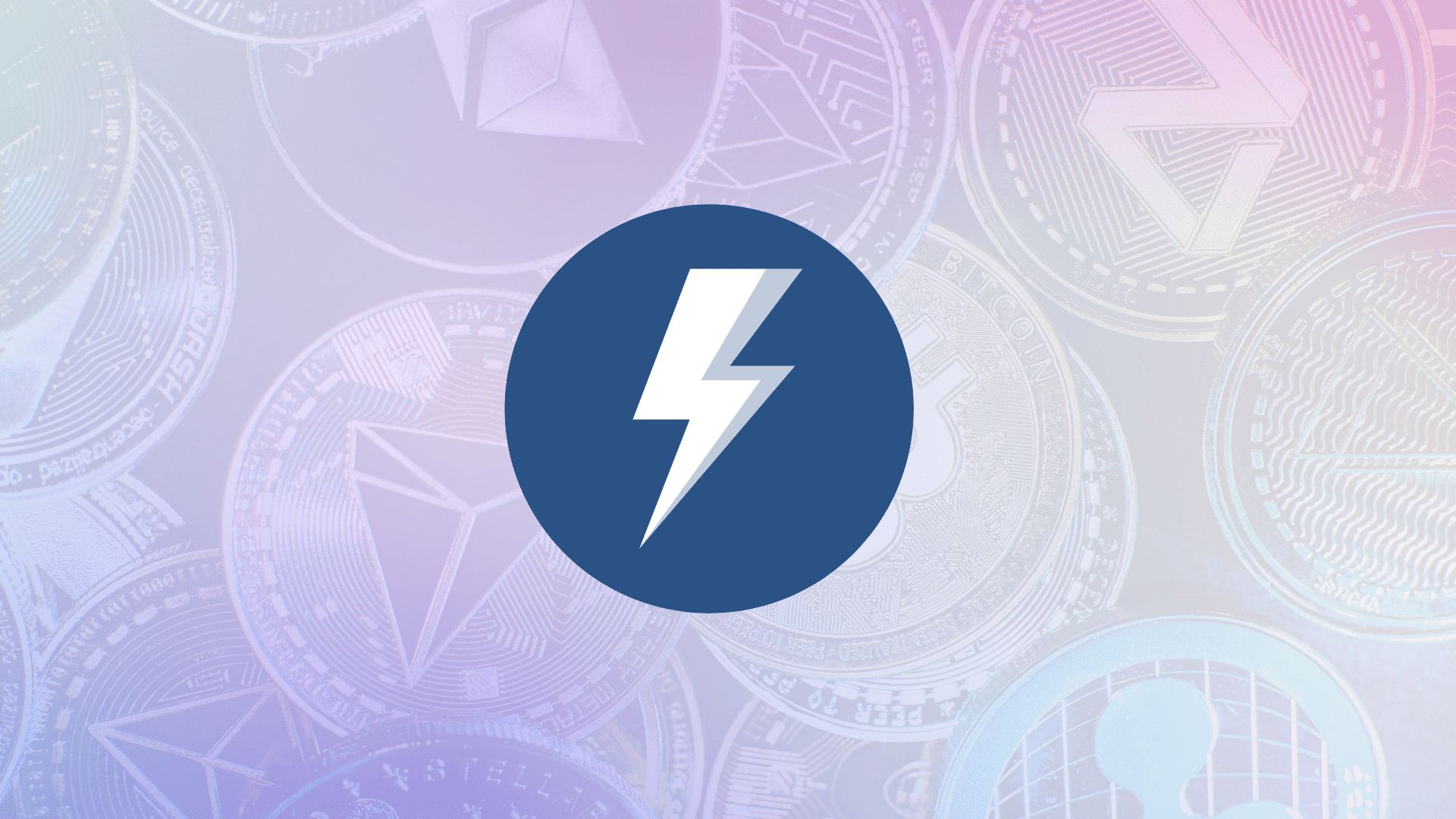At NFT Droppers, we provide the latest crypto news, in-depth project information, and comprehensive market insights. Launched in 2022, our platform covers new token launches, market trends, and detailed reviews of crypto and NFT projects. We offer reliable ratings based on 70+ evaluation factors, including tokenomics, roadmaps, and team authenticity. Whether you’re an investor or a crypto enthusiast, NFT Droppers keeps you informed with accurate, up-to-date information and expert analysis.
What is TAO Crypto?

Table of Contents
Crypto’s a wild frontier, and amidst the noise of meme coins and pump-and-dump schemes, TAO stands out like a beacon for those who see blockchain’s true potential. It’s the native token of Bittensor, a project fusing artificial intelligence with decentralized networks to create something genuinely groundbreaking. I’ve been in the crypto trenches for years, sifting through scams and chasing real innovation, and TAO’s vision—a global marketplace for AI intelligence—feels like a game-changer. This guide dives into what TAO is, how it powers Bittensor, and why it’s catching eyes from traders to tech nerds. Whether you’re eyeing a $100 punt or a long-term stake, here’s the no-nonsense breakdown you need to navigate this token’s promise and pitfalls.
What Is TAO Crypto?
TAO is the heartbeat of Bittensor, a decentralized, open-source protocol that’s building a peer-to-peer network for artificial intelligence (AI). Unlike most crypto projects chasing quick bucks, Bittensor’s mission is to democratize AI development. It creates a marketplace where machine learning models collaborate, share knowledge, and get rewarded in TAO based on the value they bring. Think of it as a digital hive mind, where computers worldwide contribute brainpower, and TAO is the currency that keeps it humming.
Launched in 2021 by AI researchers Jacob Steeves and Ala Shaabana under the Opentensor Foundation, Bittensor uses blockchain to ensure no single entity—like a tech giant—controls the flow of AI innovation. TAO isn’t just a speculative asset; it’s a utility token for governance, staking, and accessing AI services. With a capped supply of 21 million tokens—mirroring Bitcoin’s scarcity—TAO incentivizes miners and validators to contribute computing power and expertise. Bittensor Official Site
How Does Bittensor and TAO Work?
Bittensor’s network is a beast, blending blockchain’s trustless mechanics with AI’s computational muscle. Here’s the gist: it’s a decentralized grid of nodes—computers running machine learning models—organized into subnets. Each subnet specializes in tasks like language processing or image recognition. Nodes, or “miners,” contribute AI predictions, while “validators” check their quality. The better the output, the more TAO they earn.
TAO fuels this ecosystem in three ways:
- Rewards: Miners and validators get TAO based on their contributions’ value, measured by a Proof-of-Intelligence (PoI) consensus. It’s not about raw computing power like Bitcoin’s mining—it’s about useful AI.
- Access: Users pay TAO to tap the network’s intelligence, like querying a chatbot or analyzing data.
- Governance: TAO holders vote on network upgrades, ensuring community control.
The network creates one TAO per block (every 12 seconds), split between miners and validators. With a halving every four years—next one’s August 2025—new TAO issuance slows, tightening supply. Currently, 8.6 million TAO circulate, with a market cap around $2.2 billion, ranking it #52 globally. CoinMarketCap TAO Data
Why TAO Matters
AI’s the future, but it’s locked in silos—think OpenAI or Google hoarding models behind paywalls. Bittensor flips that script, making AI a shared resource. TAO’s value proposition is simple: as more developers, businesses, and researchers use the network, demand for TAO grows. Its fixed 21 million cap adds scarcity, and halvings could spark price jumps, assuming adoption holds.
Real-world use cases are emerging. Subnets are tackling everything from decentralized chatbots to financial forecasting. Unlike hype-driven tokens, TAO’s tied to tangible output—every token traces back to AI work done. But it’s not flawless. The network’s complex, and scaling AI computation without bottlenecks is a tall order. Plus, crypto’s volatility means TAO’s no safe bet.
TAO Price History: A Rocky Climb
TAO’s price tells a story of promise and turbulence. Starting at $40 in early 2023, it surged to $1,249 in April 2024 during an AI-crypto frenzy, driven by listings on Binance and Coinbase. A market cooldown and a $8 million wallet hack in July 2024 crashed it to $163 by August. Today, TAO trades at $255, up 19% in the last week but 45% off its peak. Its 24-hour volume is $140 million, showing strong liquidity for a mid-cap token.
Spikes often tie to network upgrades—like Subtensor EVM for DeFi integration—or AI sector buzz. Dips reflect broader market slumps or security scares. With a circulating supply of 8.6 million, TAO’s market cap sits at $2.2 billion, but its small float makes it prone to wild swings.
TAO Price Predictions: 2025 to 2030
Forecasting crypto prices is a mug’s game—nobody’s got a crystal ball. But we can map TAO’s path using adoption trends, tokenomics, and market signals. Here’s a grounded look at where it might head, with all figures in USD. Always do your own research; these are educated guesses, not gospel.
2025: Gaining Traction
The first halving hits August 2025, slashing block rewards from 1 TAO to 0.5. Historically, halvings (like Bitcoin’s) spark bullish sentiment if demand stays steady. Bittensor’s pushing user-friendly tools and DeFi staking, which could pull in more developers. Analysts estimate $350-$500 by year-end, averaging $425. A stretch goal of $700 is possible if AI hype reignites; a floor of $150 guards against a bear market. A $1,000 investment at $255 (3.92 TAO) could hit $1,666 at $425—a 66% gain.
Risk? Competition. Projects like Fetch.ai or SingularityNET could steal thunder if Bittensor’s tech lags.
2026: Scaling or Stalling
By 2026, Bittensor aims for 100+ subnets, each churning out specialized AI. If adoption grows—say, businesses using TAO for supply chain analytics—prices could range from $600-$900, averaging $750. Bulls dream of $1,200 if Bittensor becomes the go-to AI blockchain; bears warn of $300 if subnets underperform. That $1,000 stack at $750 nets $2,941, a 194% return.
Catch: regulation. Governments eyeing AI and crypto could slow growth. Watch U.S. policy shifts—they’ll sway sentiment.
2027-2028: Mainstream Push
Mid-term, TAO’s fate hinges on real-world impact. If Bittensor powers, say, decentralized healthcare AI, 2027 could see $1,000-$1,500, with 2028 hitting $1,800-$2,200. A $1,000 investment could balloon to $7,058 at $1,800 by 2028—605% gains. Highs might touch $3,000 if Bittensor rivals centralized AI giants; lows of $500 loom if adoption fizzles.
Volatility’s a killer. A 2027 bear market could gut altcoins, so hedge with Bitcoin or stables.
2029-2030: Long-Term Vision
By 2030, AI could be as ubiquitous as the internet. If Bittensor’s the backbone, TAO might trade at $2,500-$3,500, with optimists eyeing $5,000. That $1,000 stack at $3,500 yields $13,725—a 1,272% leap. Conservative estimates peg $1,200 if growth slows. A $10 billion market cap isn’t crazy—Bittensor’s #52 rank leaves room to climb.
Big if: tech delivery. If subnets don’t scale or hacks persist, TAO could stagnate at $800. Monitor developer activity on X—it’s a leading indicator.
What Drives TAO’s Price?
TAO’s value isn’t just hype—it’s rooted in mechanics and trends. Key drivers include:
- Network Adoption: More subnets and users mean more TAO demand for services.
- Halvings: Supply cuts every four years boost scarcity, assuming steady use.
- AI Sector: Buzz around AI—think ChatGPT-level breakthroughs—lifts related tokens.
- Security: Hacks like July 2024’s dent confidence; robust fixes restore trust.
- Market Sentiment: Bull runs inflate TAO; crashes hit altcoins hardest.
- Regulation: Crypto-friendly laws fuel growth; clampdowns crush it.
Track these on X or CoinGecko—real-time chatter shapes TAO’s swings.
Is TAO a Good Investment?
Let’s be real: crypto’s a gamble, and TAO’s no exception. Its strengths—capped supply, AI utility, fair launch with no VC pre-mine—are rare in a sea of rug pulls. At $255, you’re buying into a $2.2 billion market cap with upside if Bittensor delivers. A $1,000 bet could snag 3.92 TAO, and a 2025 jump to $500 doubles your money to $1,960. By 2030, $3,500 per TAO turns that into $13,720. Not bad for a long shot.
But here’s the rub: TAO’s complex, and AI’s unproven at scale on blockchain. A market crash could tank it to $100, slashing $1,000 to $392. Competition’s fierce—Fetch.ai’s FET or Ocean Protocol’s OCEAN could outpace it. Never bet what you can’t lose, and diversify—Bitcoin’s safer, memecoins are riskier. TAO’s a high-reward play for believers in decentralized AI, but it’s not for the faint-hearted.
How to Buy and Store TAO
Want in? Here’s your battle plan:
- Choose an Exchange: Binance, Coinbase, or Gate.io list TAO. Binance’s fees are tight—0.1% per trade ($1 on $1,000). Sign up, verify ID, and deposit USD.
- Buy TAO: Search TAO/USDT, place a market order for quick buys or limit order to snipe dips. Start with $50-$200 to feel it out. Fees run $0.10-$5.
- Store Securely: Don’t leave TAO on exchanges—hacks happen. Use a Bittensor wallet (Chrome extension) or MetaMask for wrapped wTAO. A Ledger hardware wallet ($70) adds Fort Knox vibes. Save your seed phrase offline.
- Stake (Optional): Delegate TAO to validators for ~20% APY. Root Network’s Subnet 0 is a solid start. Check X for trusted validators—scams lurk.
Beware fake apps or phishing sites—stick to official links. X is gold for spotting scam alerts from traders.
TAO’s Risks and Challenges
TAO’s not a free lunch. Beyond market volatility, here’s what could trip it up:
- Tech Complexity: Running AI on blockchain is bleeding-edge—bugs or scaling issues could stall growth.
- Security: The 2024 hack showed vulnerabilities. More breaches could tank trust.
- Competition: AI-crypto’s crowded—Fetch.ai, SingularityNET, or even centralized players like OpenAI could dominate.
- Regulation: U.S. or EU crackdowns on AI or crypto could choke adoption.
Mitigate by starting small, securing funds, and tracking Bittensor’s GitHub for tech updates.
FAQs About TAO Crypto
What does TAO do in Bittensor?
TAO rewards AI contributions, grants access to network services, and powers governance votes.
Can TAO hit $5,000 by 2030?
Possible but ambitious—needs a $42 billion market cap. Forecasts lean $2,500-$3,500 if adoption soars.
Is TAO safe to buy?
As safe as any altcoin—legit project, but volatile. Use trusted exchanges and secure wallets.
How do I earn TAO?
Buy on exchanges, stake via validators for 20% APY, or mine by running AI models (needs tech know-how).
Why’s TAO volatile?
Small supply, AI hype, and crypto market swings drive ups and downs. News like hacks or listings amplifies it.
Conclusion
TAO’s more than a token—it’s a bet on decentralized AI reshaping the world. Bittensor’s vision, backed by TAO’s scarce supply and real utility, sets it apart in a crypto market littered with noise. From $255 today to potential thousands by 2030, the upside’s tantalizing, but it’s no joyride—hacks, competition, and crashes loom. Buy smart, store safe, and stay glued to X for the pulse of sentiment and tech updates. Whether you’re tossing in $50 or going deep, TAO’s about owning a piece of the future, not chasing pumps. Get in, stay sharp, and build your stake in the AI revolution.

Disclaimer: The information presented here may express the authors personal views and is based on prevailing market conditions. Please perform your own due diligence before investing in cryptocurrencies. Neither the author nor the publication holds responsibility for any financial losses sustained.
CRYPTO PAYMENT GATEWAY
 Crypto Cloud
Crypto CloudTOP EXCHANGES
BEST CRYPTO CASINO
BEST HARDWARE WALLET
 Tangem
Tangem
 Xyes Casino (Must Try)
Xyes Casino (Must Try) Stake.com
Stake.com Coins.Game Casino
Coins.Game Casino


